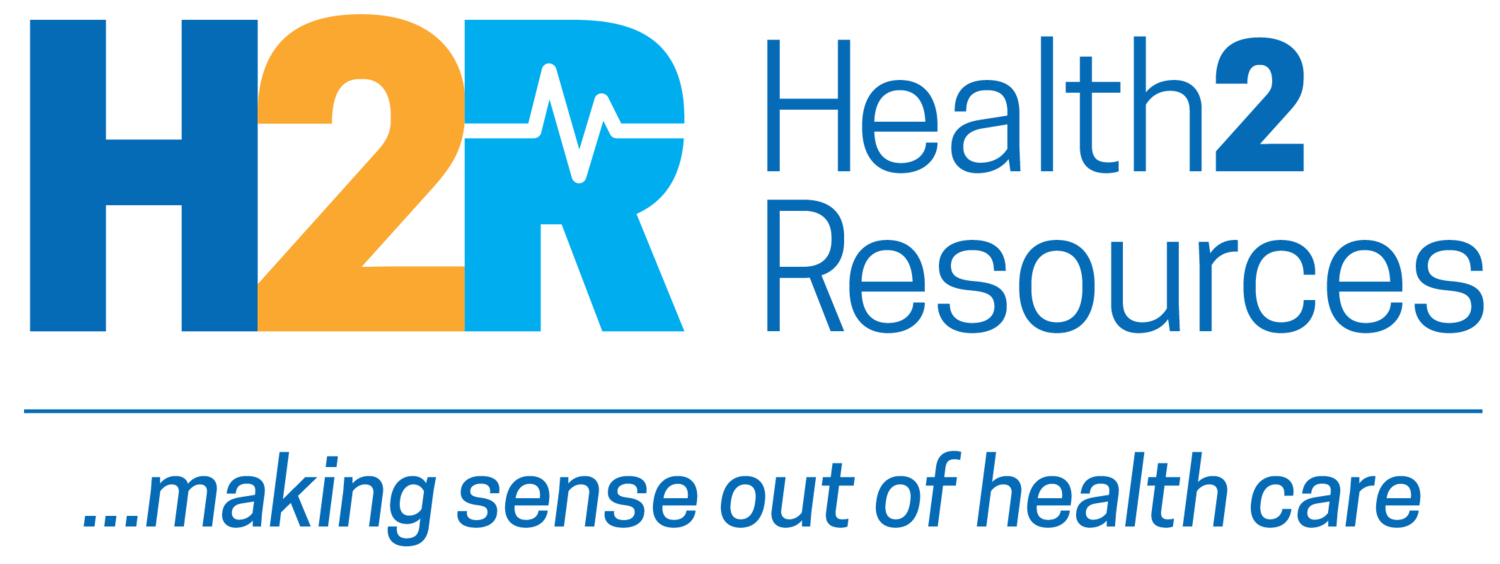January 30, 2020 | Why hasn’t concierge medicine caught on?
INDUSTRY NEWS
Trends to change the health care narrative
A recent Health Affairs Blog post identified five trends “that could fundamentally alter the health care narrative.” One, “Medicare (Advantage) for All,” is a push toward more Medicare Advantage-style payments to “leverage risk-based contracts with networks of high-value providers to offer the highest-quality, lowest-cost outcomes.” Another trend: less data blocking. The authors expect the government to take actions that “will begin to advance greater access to claims data, giving the government a return on its massive investments and ensuring that developers can effectively harness data to create innovations that improve patient care and efficiency.” (Health Affairs Blog)
INNOVATION & TRANSFORMATION
Humana’s Go365 unites wearables
Humana, collaborating with health data company Validic, is allowing members to connect an array of wearables to its Go365 wellness program. Members will be able to connect state-of-the-art smartwatches, simple blood glucose monitors and everything in between. By expanding access to Go365, Humana gains access to a broader array of data. It also, says Humana, improves engagement. “A true bring-your-own-device (BYOD) approach ensures members are able to more deeply engage in the program using their own device or a smartphone app of their choice.” (FierceHealthcare; announcement)
Online symptom checker helps patients assess urgency
An online chatbot that analyzes symptoms can help patients decide whether they really need to visit the emergency department, according to a study published in JAMA Network Open. Researchers found that “the urgency of patients’ intended level of care decreased in more than one-quarter of the cases and increased in approximately 1 in 20 cases, with the remaining patients remaining at the same level. The study suggests that virtual triage tools are associated with patients’ intended behavior when seeking care based on triage questions.” (JAMA Network Open; Reuters)
CONSUMERS & PROVIDERS
US adults (18-64) face increasing barriers to care access, according to research published Monday in JAMA Internal Medicine. Between 1998 and 2017, the percentage of those unable to see a doctor due to cost rose from 11.4% to 15.7%; the problem was worse among the uninsured. “[M]ost measures of unmet need for physician services have shown no improvement, and financial access to physician services has decreased,” according to researchers. Their conclusion: “Other nations have achieved universal coverage and substantially reduced cost barriers. Experience in those nations should inform discussion of the additional reforms required to address the unmet health needs of US adults.” (Healthcare Dive; JAMA Internal Medicine.)
Female docs still paid less; don’t blame balance
Female physicians are still being paid less than males, according to a new study published in Health Affairs. Researchers don’t know the reason, but they note it doesn’t have anything to do with women’s desire for greater work-life balance—or having young children. They looked at data for graduating residents and fellows in New York 1999–2017; the average man’s starting salary was $235,044, while the average woman’s was $198,426. The gap grew from $24,400 in 1999 to $48,200 in 2017. (Medical Economics; Heath Affairs)
CMS streamlining “compare” tools
The CMS announced last week that it will provide a “streamlined” experience for those using Medicare.gov. It will consolidate the eight online tools designed for Medicare beneficiaries and caregivers use to make decisions. The new Medicare Care Compare will allow users “to access the same information through a single point of entry and simplified navigation to find the information” located at different places on the site, CMS says. (Modern Healthcare; announcement)
NEW & NOTED
Sepsis greater threat than originally thought: Sepsis is a bigger global threat than previously believed, according to a new study published in The Lancet. It was responsible for 20% of deaths worldwide, nearly double previous estimates, researchers said. (FierceHealthcare; study)
From Grindr to PrEP: Wyckoff Heights Medical Center, a teaching hospital in Brooklyn, is using dating apps to get at-risk individuals tested for HIV and on preventive medication. Since its launch in 2016, the program has attracted more than 300 clients to the facility. (NBC News)
CDC steps back on vaping: The CDC has backed away from its recommendation that everyone refrain from vaping—at least while it continues its investigation into the outbreak of respiratory illnesses linked to vaping. The new recommendation still states that young people, pregnant women and non-tobacco users shouldn’t vape. (The Wall Street Journal)
MULTI-MEDIA
Why hasn’t concierge medicine caught on?
Concierge medicine has become more affordable, but it still hasn't gained a lot of traction among the non-affluent. More than 1 in 5 wealthy people pay an extra fee for direct access to their doctor, according to a poll from NPR, the Robert Wood Johnson Foundation and the Harvard T.H. Chan School of Public Health. But far fewer low- and middle-income people do. NPR explores the reasons why and looks into direct primary care. (NPR; poll)
MARKETVOICES...QUOTES WORTH READING
“Disruption is a nice way of talking about challenging a status quo. The question that comes along with it is: for whose benefit?”—Dr. Jewel Mullen, associate dean for health equity at Dell Medical School at The University of Texas at Austin, on NPR
